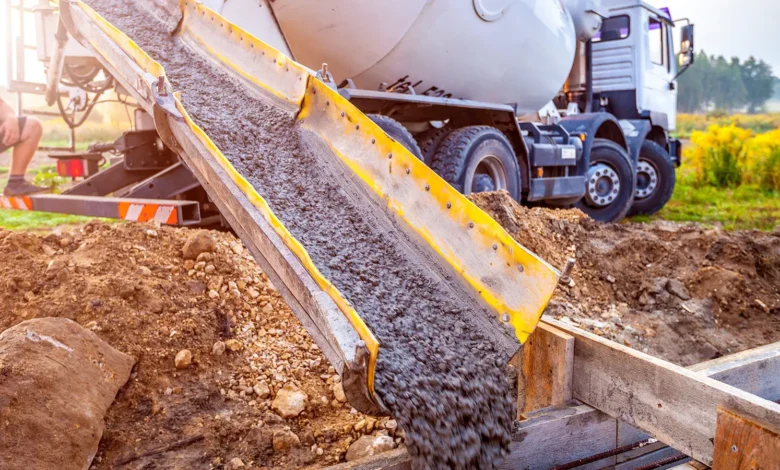The Problem With Cement

Cement, particularly Portland cement, is a fundamental component of concrete, the world’s most widely used building material. While cement is crucial for modern infrastructure, it poses significant environmental and health problems that warrant urgent attention. Here are some key issues associated with cement:
Environmental Impact
1. Carbon Emissions: The production of cement contributes approximately 8% of global CO2 emissions. This high level of emissions is primarily due to the calcination process which releases CO2 in the process. Additionally, the energy-intensive nature of cement production, often reliant on fossil fuels, further exacerbates the carbon footprint.
2. Resource Depletion: Cement production requires vast amounts of raw materials, including limestone, clay, and sand. The extraction of these materials leads to significant land degradation, habitat destruction, and depletion of natural resources. Quarrying for limestone, for example, can devastate local ecosystems and landscapes.
3. Energy Consumption: Cement manufacturing is highly energy-intensive. The process involves heating materials to high temperatures (around 1,450°C), consuming substantial amounts of energy, predominantly from non-renewable sources like coal and natural gas. This not only contributes to pollution emissions but also increases dependency on fossil fuels.
4. Air Pollution: Cement plants are significant sources of air pollutants, including nitrogen oxides (NOx), sulfur oxides (SOx), and particulate matter (PM). These pollutants can have severe health impacts on nearby communities, contributing to respiratory diseases, cardiovascular problems, and other health issues.
Health and Safety Concerns
1. Dust Exposure: Workers in cement plants and nearby residents are at risk of exposure to cement dust, which can cause respiratory problems, skin irritation, and eye damage. Long-term exposure to cement dust can lead to chronic respiratory conditions such as silicosis.
2. Chemical Hazards: Cement contains hazardous substances like chromium, which can cause allergic reactions and skin disorders. The alkaline nature of cement can also lead to serious skin burns upon prolonged contact.
Water Usage and Pollution
1. Water Consumption: Cement production is water-intensive, both in the manufacturing process and in the preparation of concrete. This significant water usage can strain local water resources, particularly in arid regions, affecting both the environment and local communities.
2. Water Pollution: Runoff from cement plants and concrete worksites can pollute water bodies with harmful chemicals and particulate matter. This pollution can affect aquatic life, degrade water quality, and pose risks to human health.
Waste Management Issues
1. Solid Waste: Cement production generates a significant amount of solid waste, including clinker, kiln dust, and other by-products. Managing and disposing of this material in an environmentally friendly manner remains a challenge.
2. Recycling Challenges: Although concrete can be recycled to some extent, the recycling process is energy-intensive and often results in lower-quality materials. The reuse and recycling of cement-related products lag behind other construction materials like steel and glass.
Potential Solutions
1. Alternative Materials: Research into alternative binding materials, such as geopolymer cements and magnesium-based cements, is ongoing. These materials have the potential to reduce CO2 emissions and environmental impact significantly.
2. Energy Efficiency: Improving the energy efficiency of cement plants through advanced technologies and processes can reduce emissions and energy consumption. Utilizing renewable energy sources for cement production can also mitigate its environmental impact.
3. Carbon Capture and Storage (CCS): Cement carbon capture in cement plants can capture and store CO2 emissions before they enter the atmosphere. This technology holds promise for significantly reducing the carbon footprint of cement production.
4. Policy and Regulation: Stricter environmental regulations and policies can compel the cement industry to adopt more sustainable practices. Incentives for reducing emissions and adopting greener technologies can drive industry-wide change.
Conclusion
While cement is indispensable to modern construction, its environmental and health impacts are substantial. Addressing these issues requires a multifaceted approach, including technological innovation, regulatory measures, and a shift towards more sustainable practices. By tackling the problems associated with cement production, we can reduce its detrimental effects on the planet and human health, paving the way for a more sustainable future.



